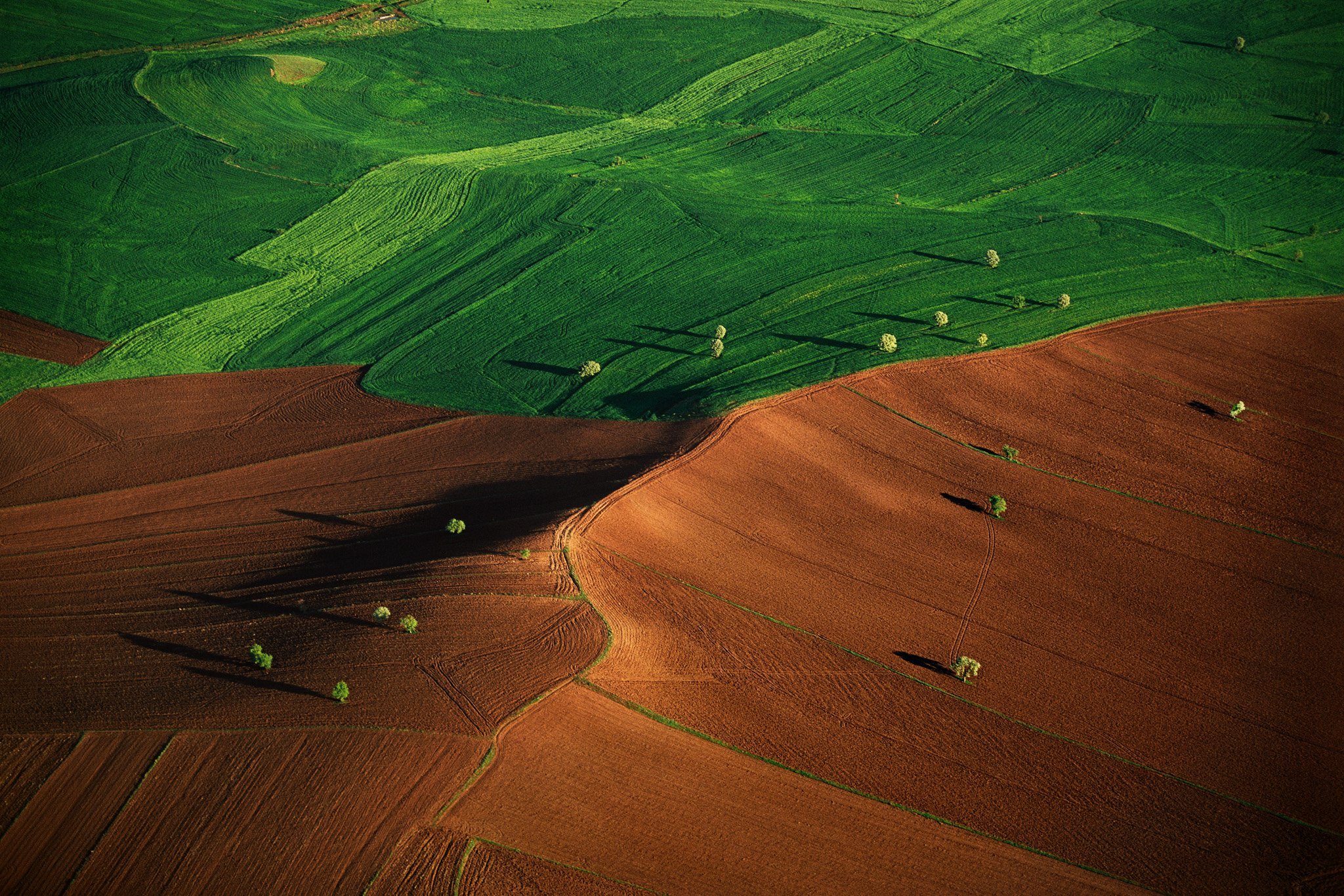
Our planet is changing
Climate change is already impacting how we produce food on Earth.
It will change where we produce food too.
As the planet heats up, the parts of the world that currently grow most of our food will become hotter and more arid, and the global share of food production will likely have to move northwards. But for this to happen, Northern countries also need to develop new crop varieties that can cope with higher temperatures. One solution to this problem is to take crops that are currently grown at warmer latitudes and adapt them for growth in the North. However, due to the very different light environments in Northern countries we will need to engineer plants that can produce higher yields at high latitudes, thriving under short days, longer dawns and dusks, and higher temperatures.
The planet’s agricultural zone is forecast to expand Northwards over the next fifty years.
To create climate-resilient plants, we study and engineer the plant circadian clock, a molecular oscillator that allows plants to tell the time and adapt to seasonal environmental changes.
The genetic architecture of the plant circadian clock. The clock is comprised of interconnected transcription factors that control gene expression at different times of the day. DNA-binding proteins are shown in black. (Adapted from Mehta et al., 2021)
Our lab aims to develop a sophisticated understanding of how the plant circadian clock controls all aspects of plant growth at the molecular level. We are also interested in how plants utilise the clock and other processes to help adapt to new geographic environments, something of paramount importance in a world experiencing accelerating climate change.
How we engineer latitudinally adapted plants
Step 1
Create plants with new clock genes using genome-editing tools like CRISPR.
Step 2
Simulate different latitudes and seasons in the lab to select clock-edited plants that thrive at specific latitudes
Step 3
Understand how engineered clock genes alter the plant’s internal molecular network at different latitudes to predictably replicate outcomes in different plant species




